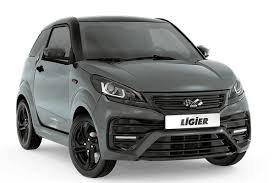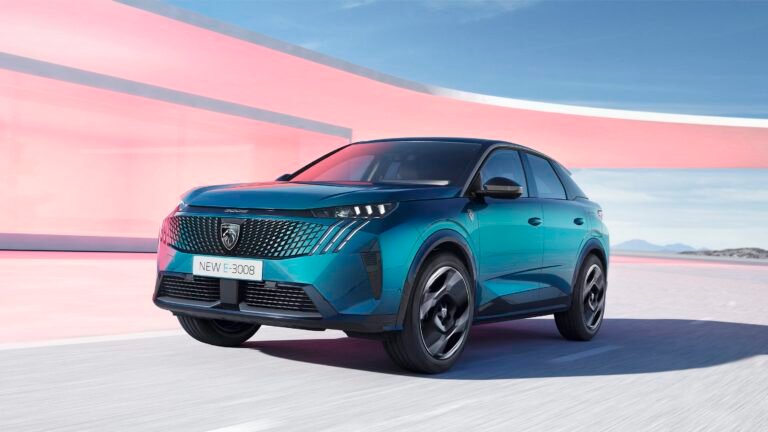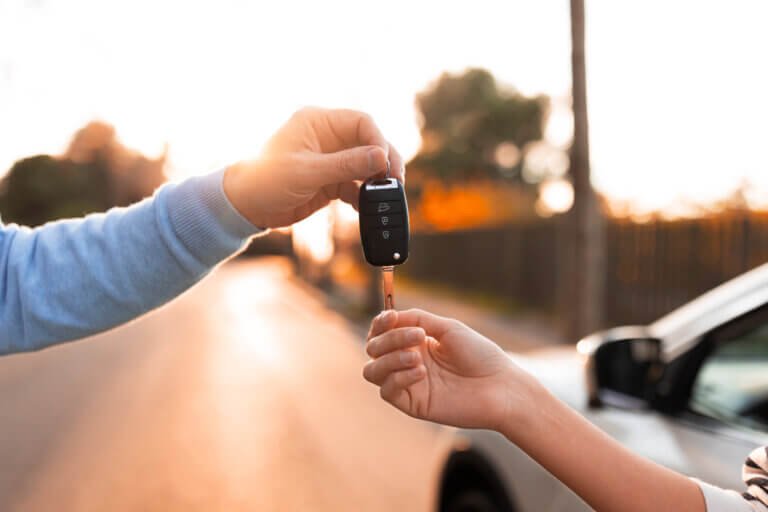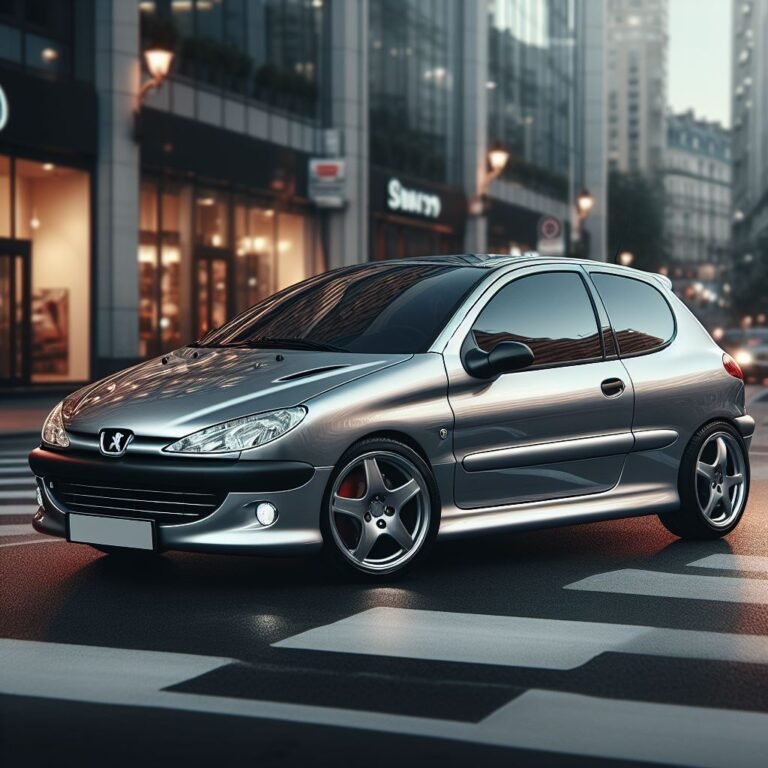2025 Comparison: Dacia Jogger vs Renault Kangoo
The 2025 duel between the Dacia Jogger and the Renault Kangoo promises to be a close contest in the multipurpose MPV segment. On the one hand, the Jogger appeals with its very affordable price and robust exterior. On the other, the Kangoo boasts a utilitarian silhouette, better suited to professional use, but without sacrificing comfort and innovation. Combining economy, performance, and design, these two flagship models offer compelling arguments that are sure to appeal to families and professionals alike. At the crossroads between MPV and utility vehicle, this detailed comparison dissects their technical and practical expertise to guide those undecided toward the winning duo according to their lifestyle.
Performance and engines: power and economy on the Dacia Jogger and Renault Kangoo test bench
In this head-to-head, the engine is the heart of the battle. The Dacia Jogger stands out with a diverse range including a gasoline engine, a full hybrid, and even an LPG option. Power reaches up to 140 horsepower for some versions, promising a spirited drive with a 0-100 km/h acceleration of between 9.8 and 13.2 seconds. With a three- or four-cylinder engine, the Jogger is designed to offer a good balance between urban dynamism and ease on open roads. Its fuel consumption ranges from a very reasonable 4.7 to 7.7 liters per 100 km, a major asset for anyone watching the pump bill. For its part, the Renault Kangoo, with its decades of experience, offers gasoline, diesel, and electric powertrains, the latter boasting up to 130 horsepower and an electric range of up to 285 km, an ideal choice for daily commutes with zero direct emissions. Its generous torque, up to 270 Nm , optimizes driving on varied terrain and with heavy loads. The Kangoo isn’t a lightning bolt of a machine, with 0-100 km/h times between 11.6 and 15.6 seconds, but its reasonable fuel consumption figures (5.2 to 7.1 L for internal combustion engines) and its electrical efficiency give it serious advantages in terms of economy. Here’s a summary of engine performance:Model 🚗
Engine Power (hp) ⚡ Torque (Nm) 💪 0-100 km/h (s) ⏱Fuel consumption (L/100 km / kWh/100 km) ⛽ Dacia Jogger Petrol / Hybrid / LPG
91 – 140
| 160 – 200 | 9.8 – 13.2 | 4.7 – 7.7 L/100km | Renault Kangoo | Petrol / Diesel / Electric | 95 – 130 |
|---|---|---|---|---|---|
| 200 – 270 | 11.6 – 15.6 | 5.2 – 7.1 L/100km / 20.2 – 21.5 kWh/100 km | 🔧 | Dacia Jogger | : ideal for those looking for performance at a lower price cost and ease of maintenance. |
| 🔋 | Renault Kangoo | : the electric version scores an undeniable advantage for urbanites keen to reduce their carbon footprint. | ⚖️ The variety of engines offers everyone a choice according to their use, whether for family or business. | 🛣 The front-wheel drive transmission ensures reassuring handling for both models. | Exterior design and interior space: the clash of shapes between MPV and utility vehicle |
- The Dacia Jogger and the Renault Kangoo embody two design philosophies that contrast while coexisting on the same versatile terrain. The Jogger boasts a compact profile of 4.547 meters long , with a robust and well-balanced silhouette. Its practical design incorporates five doors and a sleek line, with rather neat aerodynamics considering its size. The Jogger impresses with its modern, family-friendly appearance, without excessive frills, and features a modular trunk capacity of up to 607 liters in standard configuration, with the option to add two additional seats for a total capacity of 7 passengers.
- At the same time, the Kangoo asserts its utilitarian DNA with more square and generous shapes, gaining in length up to 4.911 meters for its longest version. Its imposing height, reaching nearly 1.869 meters , ensures very generous interior space. Its trunk volume ranges from 500 to 950 liters, ideal for professionals or large families. Its interior prioritizes functionality, with easily accessible storage and a layout designed for practicality. The modularity of the seats is such that it makes the Kangoo a champion of modular transport.
- Despite its heavier weight (up to 2,041 kg compared to approximately 1,460 kg for the Jogger), the Kangoo compensates with better sound insulation and ergonomics adapted to intensive use. Also, in terms of design, we find:
- 🛠
Dacia Jogger
: a discreet but modern style, emphasizing functionality without fuss. 🏗 Renault Kangoo: A thoughtful utility look for everyday cargo and comfort. 👨👩👧👦 Both models offer 5 to 7 seats, making them suitable for both families and professionals. 🚪 The wide door opening is essential for transporting bulky items. Features ✨
Dacia Jogger 🚙 Renault Kangoo 🚐 Length 4,547 mm4,486 – 4,911 mm Width1,784 mm
1,860 – 1,919 mm
- Height 1,674 mm 1,838 – 1,869 mm
- Trunk volume 160 – 607 liters 500 – 950 liters
- Number of seats
- 5 to 7
| 5 to 7 | Unladen weight | 1,251 – 1,460 kg |
|---|---|---|
| 1,585 – 2,041 kg | Comfort and equipment: where the Jogger and Kangoo show off their technological strengths | In terms of comfort, the Dacia Jogger features a simple yet effective interface, avoiding gimmicks in favor of intuitive handling. The multimedia system, while understated, provides essential features, such as Bluetooth connectivity and Apple CarPlay. The upholstery is robust, designed for family use or active lifestyles, with modularity allowing the cabin to be quickly adapted to carry luggage or passengers. |
| The Renault Kangoo boasts a range of modern driving aids. From lane keeping assistance to sign recognition, not to mention active cruise control, it offers driving comfort and safety often superior in this segment. Its infotainment system meets the latest standards, with larger touchscreens and advanced connectivity, compatible with Android Auto and Apple CarPlay. | 🎵 | Dacia Jogger |
| : Functional and simple audio system; ideal for drivers who appreciate the essentials without the hassle. 🛡 | Renault Kangoo | : Comprehensive driver assistance technologies, encouraging safe and comfortable driving. |
| 💺 Both vehicles offer comfortable seats, suitable for long journeys and large families. | 🔌 The electric Kangoo also stands out for its quiet operation and specific features related to electrification. | Equipment 📋 |
| Dacia Jogger | Renault Kangoo | Infotainment System |
| Simple touchscreen, Bluetooth, Apple CarPlay | Wide touchscreen, Android Auto, Apple CarPlay, navigation | Driving Aids |
Assisted braking, ABS
Lane keeping assist, sign recognition, adaptive cruise control
Upholstery
- Robust and modular Comfortable and ergonomic Specific Features
- Simple and effective Specific and modern to the electric version https://www.youtube.com/watch?v=EE4kW12e23g
- Practical and convenient use: space, modularity, and versatility adapted to everyday use
- For the average user, spaciousness and modularity are essential criteria, especially for vehicles intended for families or businesses. The Dacia Jogger focuses on easy accessibility with its wide doors and trunk space of up to 607 liters. Its 5- to 7-seat configuration demonstrates its flexibility, although the two additional rear seats are more suited to children or short trips.
| The Renault Kangoo offers extreme modularity, particularly in its utility versions. Its spacious interior can accommodate bulky loads thanks to its folding and removable seats. In terms of volume, 950 liters of trunk space are available, a space worthy of the largest compact vans. Its major advantage also lies in its maximum payload of nearly 600 kg, a real asset for urban tradespeople and delivery drivers. A few key points to remember about practicality: | 📦 | Dacia Jogger |
|---|---|---|
| : Perfect for family life, travel, and leisure, with a good balance between size and space. | 🛠 | Renault Kangoo |
| : The ideal option for those who need a modular and spacious utility vehicle. | 🔄 Modularity on both models with folding seats and variable configuration. | 🛴 Urban use is made easier thanks to their respective compact dimensions despite their interior volume. Criterion 📏 |
| Dacia Jogger | Renault Kangoo | Maximum trunk volume |
| 607 liters | 950 liters | Seating capacity |
5 to 7
Payload 393 – 582 kg400 – 609 kg
Modularity Folding seats, 7-seater configuration Folding seats, removable
- Price and cost of ownership: a balancing act between performance and budget When it comes to getting out your credit card, the duel between the Jogger and the Kangoo also comes down to price and long-term savings. The Dacia Jogger strikes hard with very competitive entry-level prices, starting at around €18,000 for the most basic models, making it accessible to a wide audience. Hybrid or more powerful versions go up to just over €27,000, which remains reasonable in the versatile MPV category. The Renault Kangoo, on the other hand, starts at a higher price of around €27,000 for its internal combustion engine versions, with peaks exceeding €42,000 for its best-equipped electric versions. This pricing positioning obviously reflects its focus on the professional market and the integration of advanced technologies. A look at running costs reveals: 💸
- Dacia Jogger : An excellent compromise between cost and features for individuals and families looking for a reliable vehicle without breaking the bank. 🔌
- Renault Kangoo
- : A heavier investment, but with a clear advantage over electric vehicles and modern driving aids.
| 🔧 Reasonable maintenance costs for both, with parts readily available for the Jogger. | 📉 Potential medium-term savings thanks to the Jogger’s low fuel consumption and the Kangoo’s electric powertrain. Item 💰 | Dacia Jogger |
|---|---|---|
| Renault Kangoo | Purchase Price | €18,000 – €27,300 |
| €26,900 – €42,300 | Average Fuel Consumption | 4.7 – 7.7 L/100 km |
| 5.2 – 7.1 L/100 km / 20.2 – 21.5 kWh/100 km | Cost per Mile | €0.28 to €0.33 |
| Higher, varies depending on electric or combustion engine | Maintenance | Simple and Affordable |
Find out why the Bürstner Eliseo C644 Fiat 2.3L Multijet will revolutionize your getaways!
Motorhome getaways have become an essential trend for travel enthusiasts. Faced with increasing demand, manufacturers are constantly innovating to offer ever more efficient models adapted to the needs of campers. Among these jewels on wheels, the Bürstner Eliseo C644 equipped…

What gifts should you give a young man to celebrate his first car?
Buying your first car is a milestone filled with emotion and freedom for a young person. This acquisition opens a new chapter, one of adventure, comfort on the road, and responsibility. Giving a gift for this occasion not only celebrates…

US senators urge Obama to act against China’s theft of electric vehicle secrets
Growing tensions are brewing between the United States and China, particularly regarding trade secrets related to electric vehicles. U.S. senators are expressing concern about the theft of these secrets, prompting the Obama administration to strengthen its security measures. At the…






